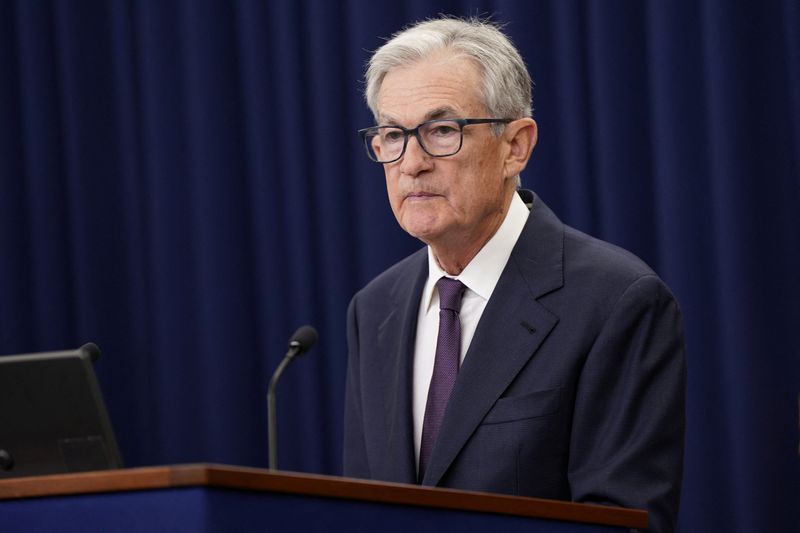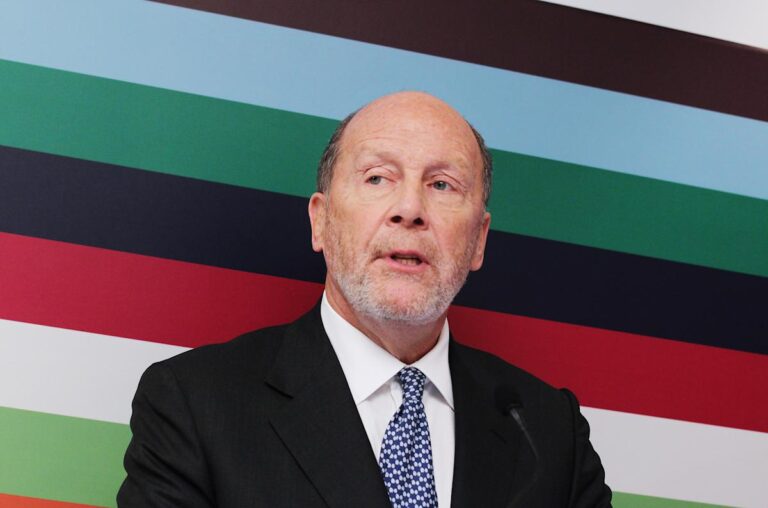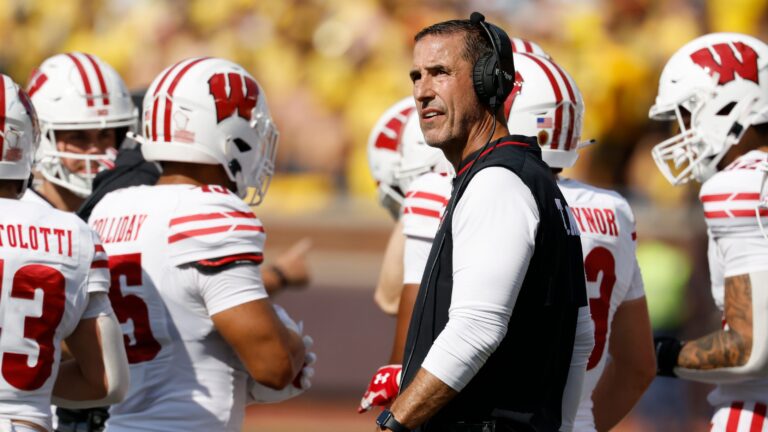
By Howard Schneider and Ann Saphir
WASHINGTON (Reuters) – The Federal Reserve, goaded by the risk of rising unemployment, reduced interest rates on Wednesday for the first time since December and indicated more cuts would follow to halt any slide in a labor market already experiencing higher joblessness among Blacks, a declining workweek, and other signs of weakness.
The decision moves in a direction called for by President Donald Trump, but falls far short of the steep cuts in borrowing costs that he has demanded – and which were apparently penciled into projections submitted by new Fed Governor Stephen Miran, who cast the only dissenting vote.
Fed Chair Jerome Powell, speaking in a press conference after the U.S. central bank lowered its benchmark interest rate by a quarter of a percentage point to the 4.00%-4.25% range and indicated more cuts would follow at meetings in October and December, said the softening job market was now top of the mind for him and his fellow policymakers.
“There are no risk-free paths … It’s not incredibly obvious what to do,” Powell told reporters at the end of a two-day policy meeting. “We have to keep our eye on inflation at the same time, we cannot ignore … maximum employment.”
Powell said he believes the recent pace of job creation is running below the break-even rate needed to hold the unemployment rate constant, and that with businesses doing very little hiring overall, any increase in layoffs could quickly feed into higher unemployment.
“You see minority unemployment going up. You see younger people … more susceptible to economic cycles … in addition to just overall lower payroll job creation that shows you that at the margin, the labor market is weakening. … We don’t need it to soften anymore,” he said.
Powell’s comments cap a steady shift in tone that began over the summer as Fed officials concluded that the higher import tariffs imposed by the Trump administration would not lead to persistent inflation, with faster price increases expected through the end of the year but price pressures also expected to fade after that time even as monetary policy becomes looser.
At the same time, signs of job market weakness began to accumulate, with payroll growth nearing stall speed.
MEETING MARKED BY POLITICAL DRAMA
The decision to cut rates came with no shortage of political drama, with Trump trying to fire Governor Lisa Cook in a so-far unsuccessful effort to open another seat on the Fed’s Board of Governors for him to fill, and appointing Miran, who is on leave from his job as head of the White House’s Council of Economic Advisers, to an open position that may only last until the end of January.






